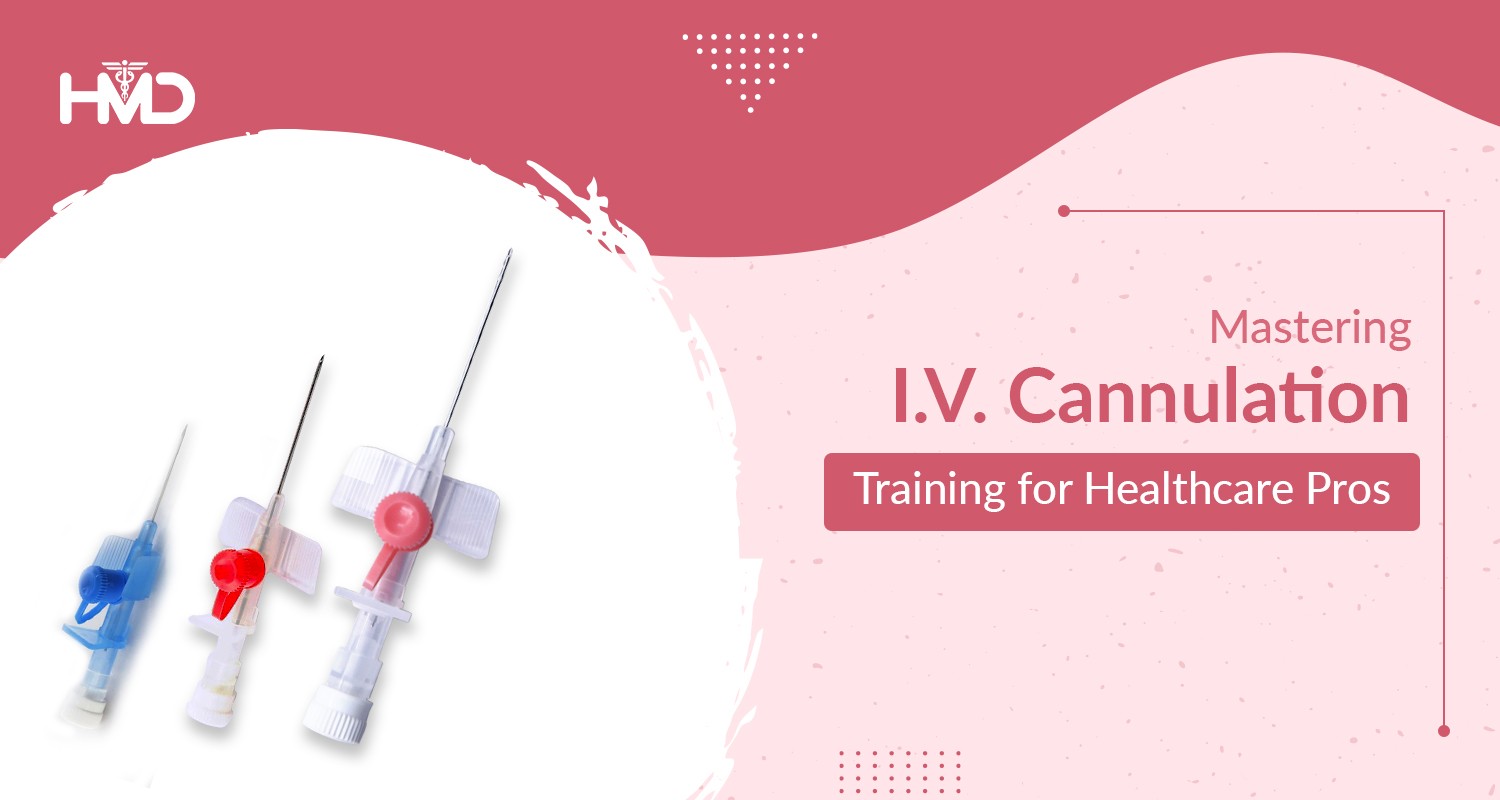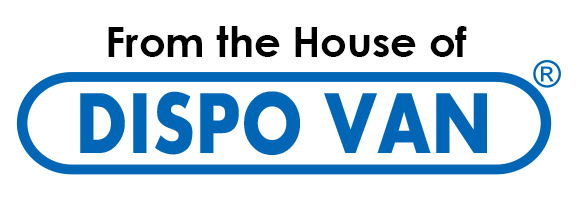

Intravenous (I.V.) Cannulation is a critical skill in healthcare, serving as a lifeline for administering fluids, medications, and blood transfusions. Proper I.V. Cannulation and venipuncture training is crucial, as improper cannulation can lead to severe complications such as infection, bruising, and vein irritation. In extreme cases, these complications can escalate to vein thrombosis, posing significant risks to patient safety.
Given the gravity of these potential outcomes, healthcare professionals must undergo rigorous and specialised training to master this indispensable skill. The aim is not merely to train healthcare professionals in the mechanics of the procedure but to equip them with a comprehensive understanding of best practices, safety protocols, and the latest legislation governing I.V. cannulation.
Here is a detailed look into the essential components and methodologies of an effective I.V. Cannulation training programme.
-
Prerequisites for I.V. Cannulation Training
Before undergoing I.V. Cannulation and venipuncture training, healthcare professionals need a solid foundation in human anatomy, especially the vascular system. A thorough understanding of infection control protocols is also essential due to the procedure’s invasive nature.
Prior experience in patient care amplifies training benefits. This foundation ensures professionals can adeptly combine theoretical knowledge with practical application as they train.
-
Training Modules
Training healthcare professionals to master the I.V. Cannulation technique calls for a holistic approach, which includes theoretical and practical training. Here are the aspects that a well-rounded training module should address:
(i) Theoretical Training
- Vein Anatomy and Selection: Detailed study of veins to determine suitable sites for cannulation.
- Patient Assessment: Review the patient’s age, history, and potential procedure-related reactions.
- Safety and Legislation: Highlighting safer sharps use, relevant laws, and injury management protocols.
- Hygiene and Sterilisation: Guidance on hand hygiene and Aseptic Non-Touch Techniques (ANTT).
- Ethical and Legal Considerations: Training on informed consent, documentation, and ethical responsibilities.
(ii) Hands-On Training
Hands-on training is critical for practical skill development. This training module may utilise advanced simulation models and supervised practice to translate theoretical knowledge into clinical competence.
-
Essential Tools and Equipment
A well-equipped hands-on training environment is crucial for effective learning. This includes a variety of cannulas, antiseptic solutions, tourniquets, and state-of-the-art simulation arms with features like palpable veins and lifelike skin texture.
-
Best Practices for Training
Regular skill assessments and refresher courses are paramount for optimal I.V. cannulation training. A comprehensive training approach also includes emphasising mentorship, utilising realistic simulation models, and prioritising patient comfort and safety.
In Conclusion
I.V. Cannulation is a vital skill in healthcare, demanding rigorous and comprehensive training. By ensuring a strong foundational knowledge, adopting a holistic training approach, and emphasising best practices, healthcare professionals can achieve mastery in this procedure, ensuring patient safety and elevating the standards of medical care.
At HMD, we offer a range of I.V. Cannulas meticulously crafted from sterile, non-toxic materials, ensuring medical professionals access to top-quality and secure choices for a diverse range of medical applications.
To learn more about our products, visit our website today!

